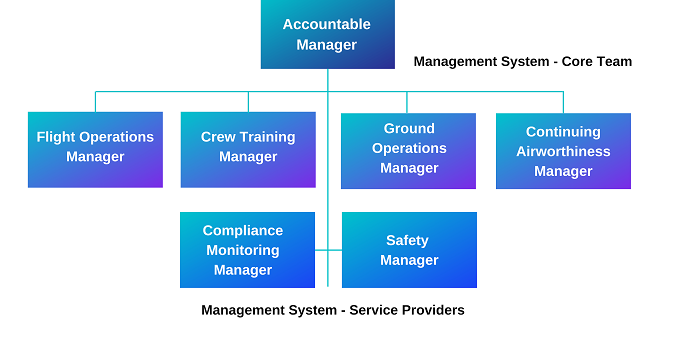So there are essentially 2 elements to this presentation:
a) Considering the Role of Quality Assurance means What does an EASA Quality Assurance Do?
b) Maximising the Return on the Investment (Which Investment? – Essentially the Investment the Organisation makes to deliver the role of Quality Assurance)
Considering the QA – QC connection
One interpretation defines QC as “to check, test, or verify by evidence or experiments” and assurance being defined as “confidence of delivery” (maybe too narrow for our needs)
Living in the EASA World – Quick Review what do we mean by –
Quality Control – The organisation wide process which delivers compliance to all obligations – each person has specific QC obligations in respect to their individual role & responsibility within the organisation
So for a manager Quality Control will also include managing the competence of his or her staff – so this links to the required training as well as an appropriate consideration of the “Training Needs” of the various roles within the business area.
Quality Assurance (keywords – Compliance & Independence)
EASA QA focuses primarily on “Compliance” with external regulations and internal company processes
EASA QA must be independent from the Production Process
And that is it! (Is this ok for our needs? – maybe not !)
Quality System – Consists of all QC & QA elements together (the whole quality story!)
Note the only person who can claim to have responsibility for both elements is the Accountable Manager (AM)
Safety Assurance – The consideration of Hazards – The Interpretation of Risk and the development of “Appropriate Mitigations”
Again the AM is the “buck stops here” responsible person
Are the Quality & Safety Manager members of the Management Team?
The answer is not a simple Yes or No. With the introduction of Regulation 965/2012, the concept of the Core Management team was developed whereby each member of the team is responsible for a Business Area in terms of the delivery of Quality (Control) and the responsibility for effective engagement with the Safety System (SMS)
So this view considers the role of Quality Assurance Manager (Compliance) as well as Safety Manager as Service Providers to the “Core Management Team”.
In the case of the QAM/CM to deliver a detailed understanding of any non-conformities related to external / Internal Compliance.
In the case of the SM to head up the process which considers hazards analyses the risk and presents proposed mitigation to the business area.
This is an abridged version of the presentation to be delivered by Steve Bentley Group CEO of Sofema Aviation Services during the forthcoming Quality and Safety Symposium Tues 14th May & Wed 15th May – Holiday Inn Sofia Bulgaria
Tags:
Aviation Quality Assurance, The Aviation Quality and Safety Management Symposium





